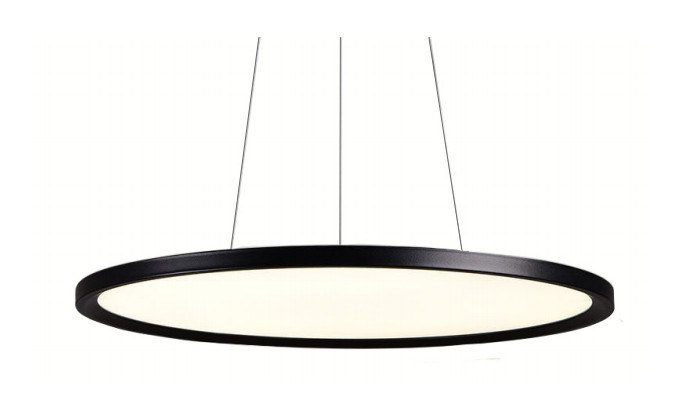LED panel lights refer to a fixture made to replace the conventional fluorescent lights on the ceilings. They are among the best lighting options for different indoor settings.
LED panels have really taken off in recent years. Straight from the ancient troffer lights, generally only used in offices to commercial as well as residential applications, used for decorative touches. The LED panel lights are prominent for their practical nature, with the wide-angle light output coupled with a low glare effect.
LED panels are largely used in imitating the actual look of the skylight. This may be a practical feature for various applications. To achieve the look, you should settle for a 1200*300mm piece of panel and a color temperature of about 4000k.
The panel’s color temperature herein is one of the most natural color outputs, which should play a significant role in helping you to achieve that natural look. This should grace your home with a viable difference, coupled with cost-effective results.
Design LED panel lights are designed in a way that allows for excellent illumination and lighting conditions. The lighting type uses some of the latest LED lighting technologies.
Typically, LED panel lights also feature lightweight aluminum frames that house about three layers.
The light’s leading feature is the frame, which is a critical part designed to help prevent light leakage.
Other than that, there is the inner layer, which is the chip, a relatively light guide coupled with a diffuser.
The diffuser, in this case, is usually located at the guide plate of the device. Its role includes distributing light across the surface.
Then there is the reflector plate of LED panel light and the solid backing that has an impact on the fixture of the lighting and its overall look.
LED panel lights are additionally equipped with a sink system to enhance safety during usage.
The Light Quality
The LED panel light has an optical plate material made to provide it with bright homogenous lighting, particularly when it is connected to a viable power supply.
Usually, the guide plate works together with the diffuser to distribute light. This type of technology is applied in lighting and makes viable instant lighting possible for users. There is also no humming or interference in illumination.
Material and Color
In many cases, aluminum is one of the most preferred materials for LED panel light’s frame. Why?
Because there are certain impurities added within to help create free electrons while enhancing the material’s semiconductor conductivity.
The impurities herein may also determine the entire color of the light, which could be why the desired color can be achieved even if a filter is not used.
Final Thoughts
There you go. If you want to illuminate a relatively larger area in your home or office, then check out the range of LED panel lights on this blog post. There is a huge variety of choice of different recessed panel lighting coupled with decorative troffers that have self-assembly options. Maybe you would rather hang the panel lighting from that beautiful ceiling? You can go through the options in the catalog and browse through the collection.
